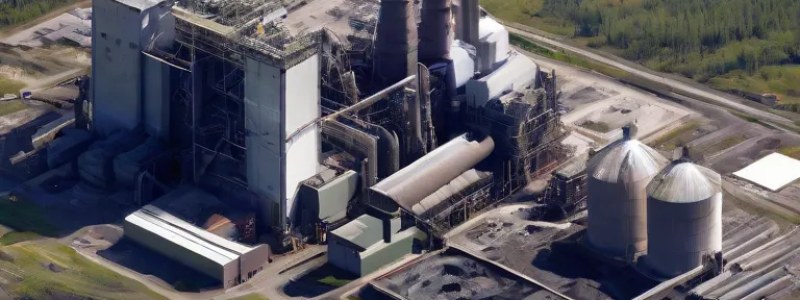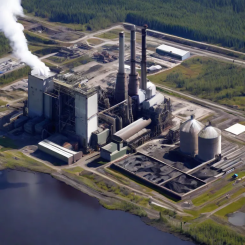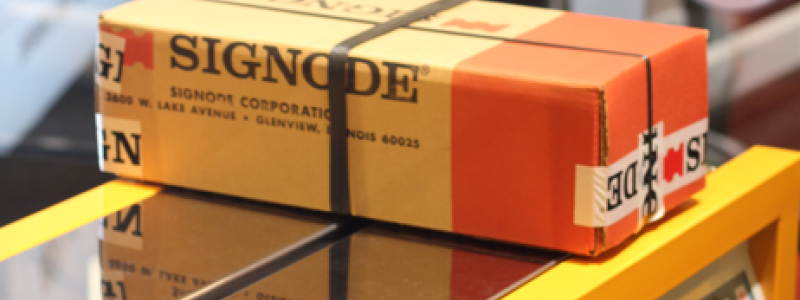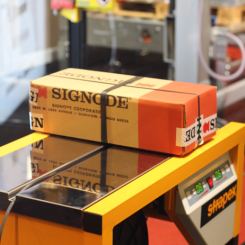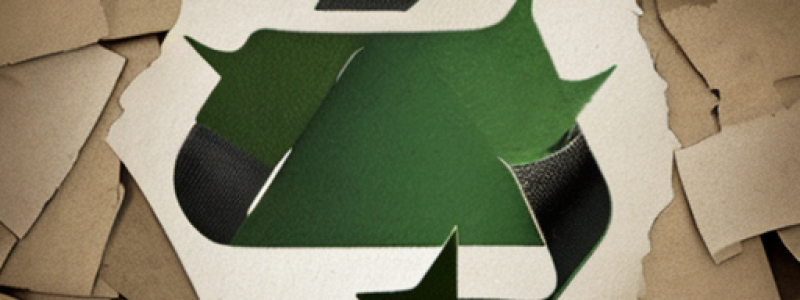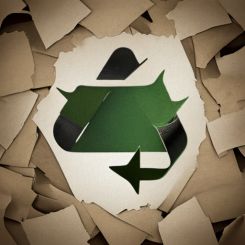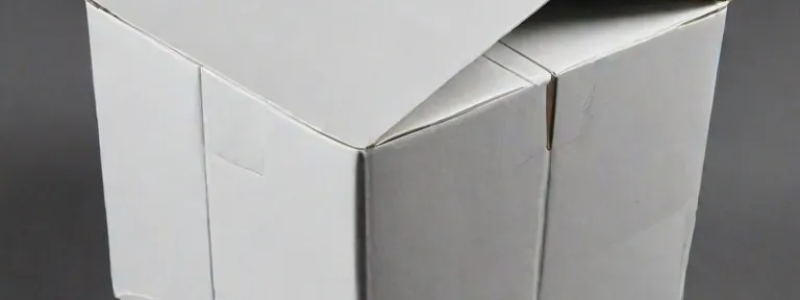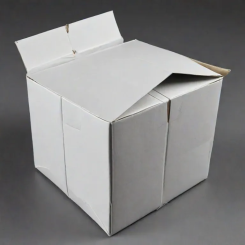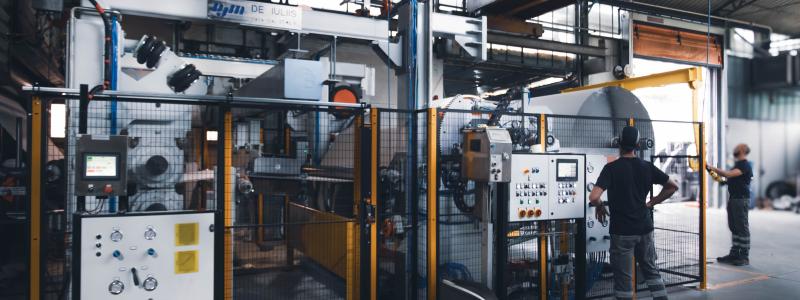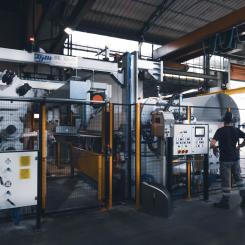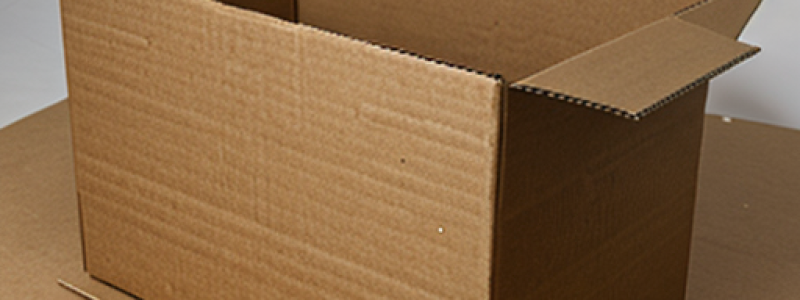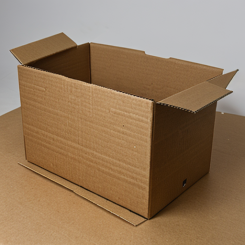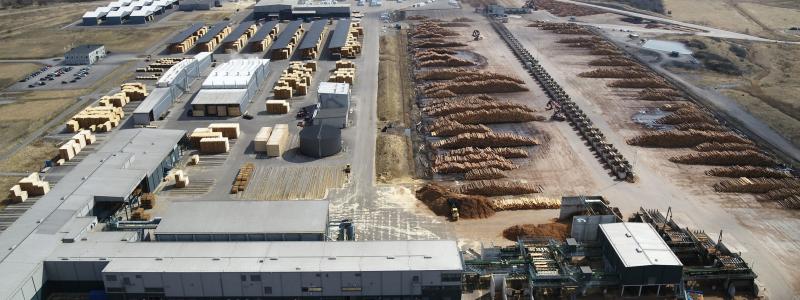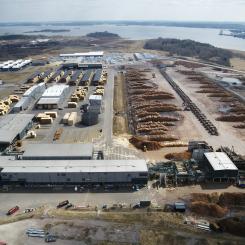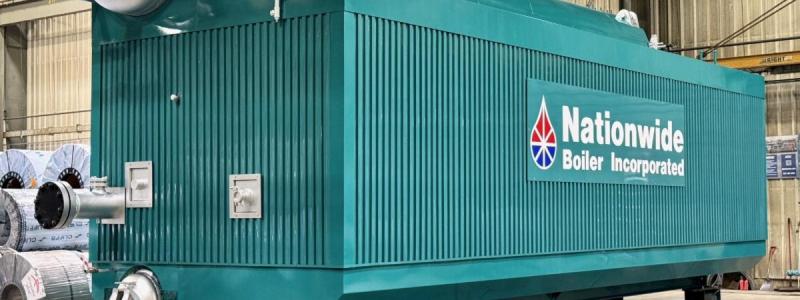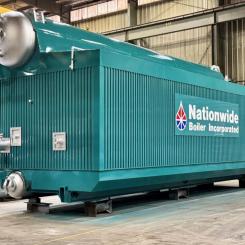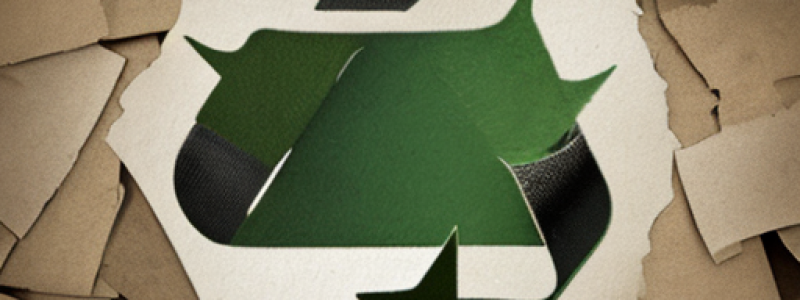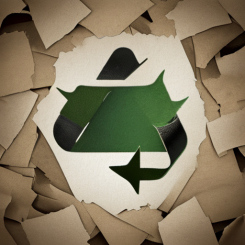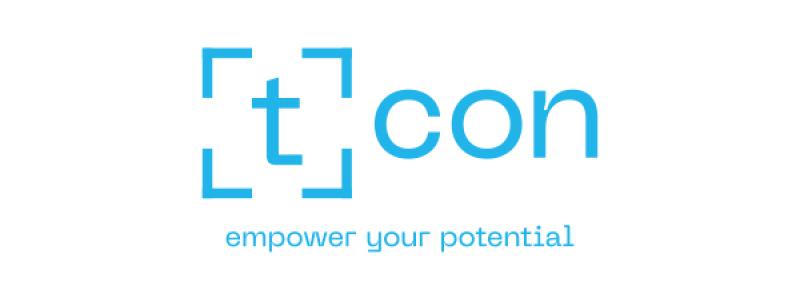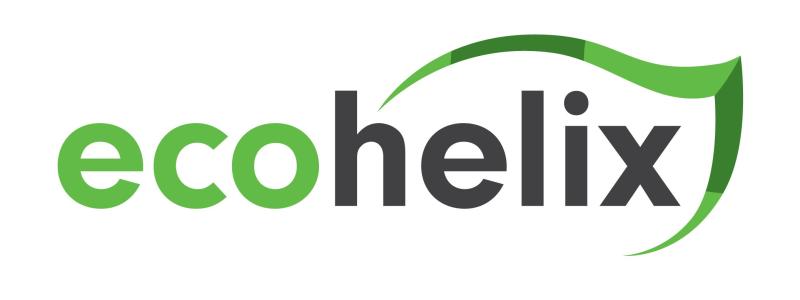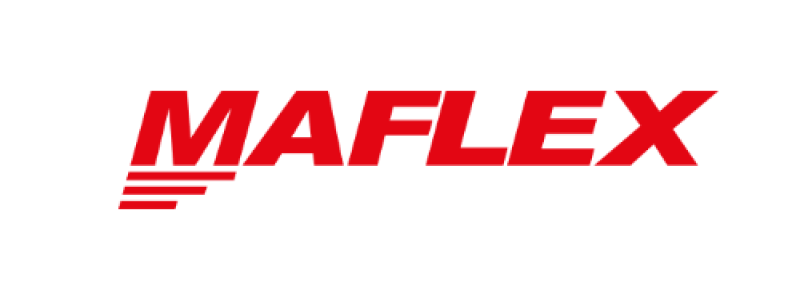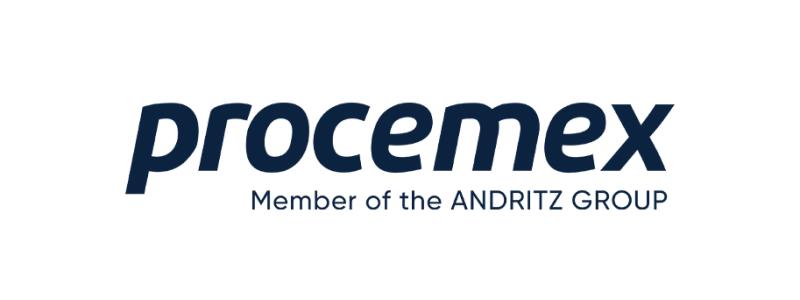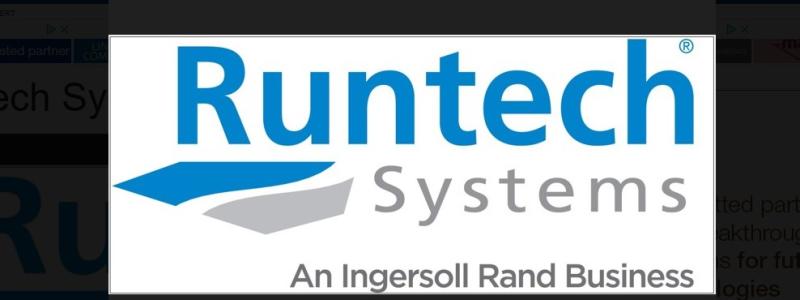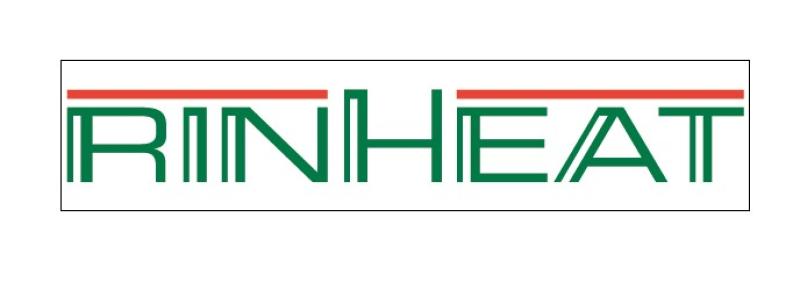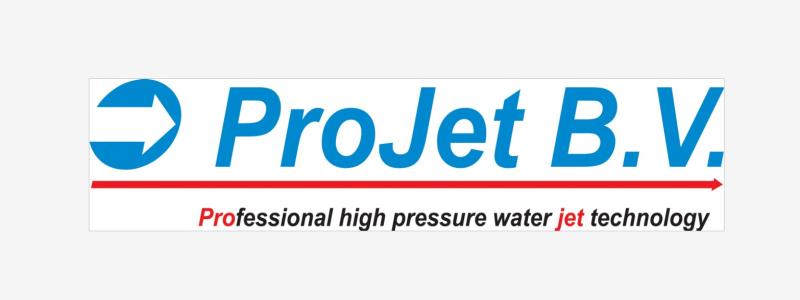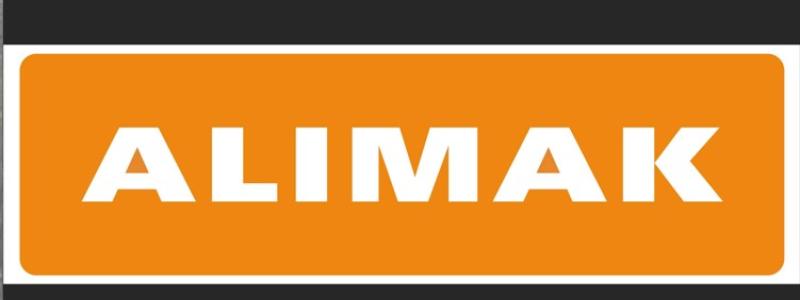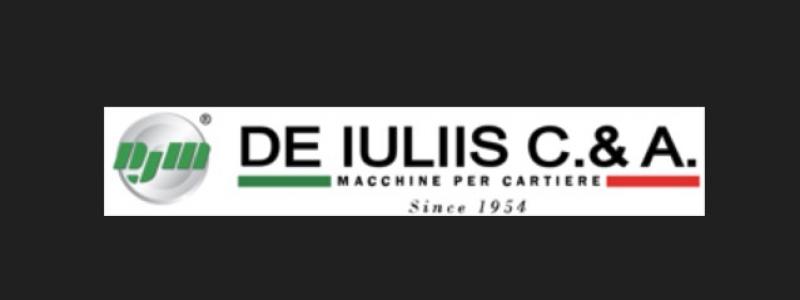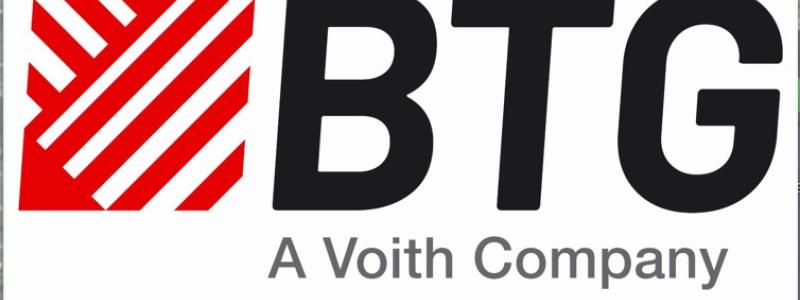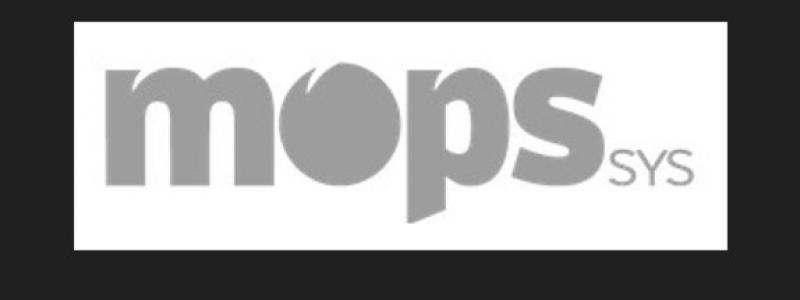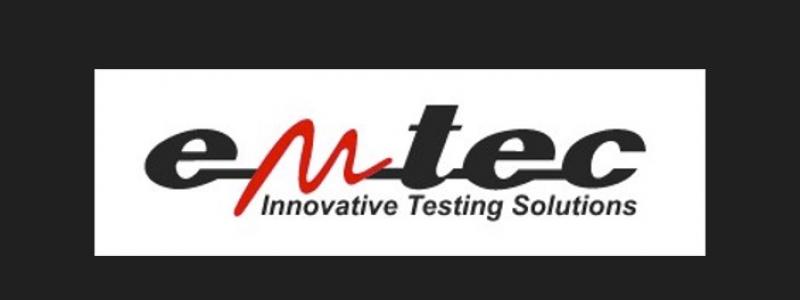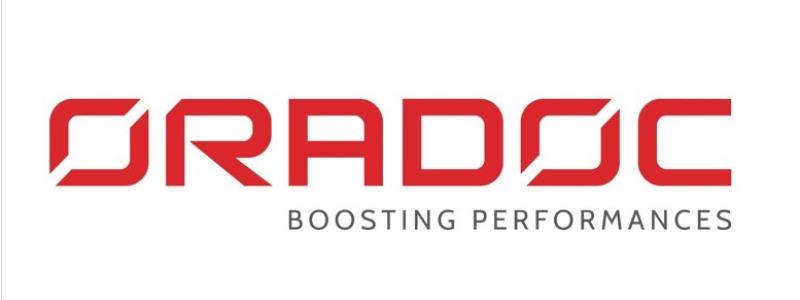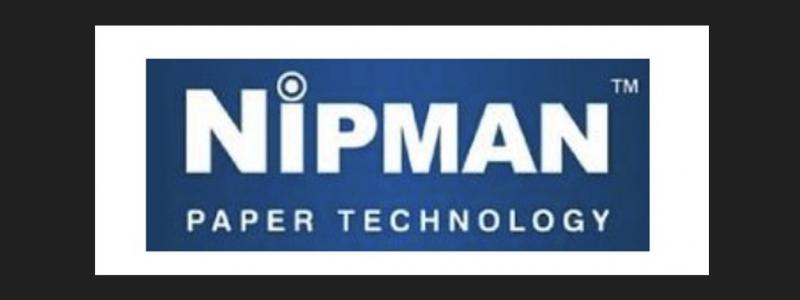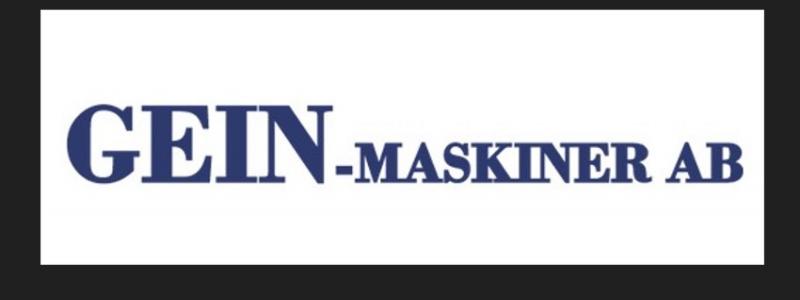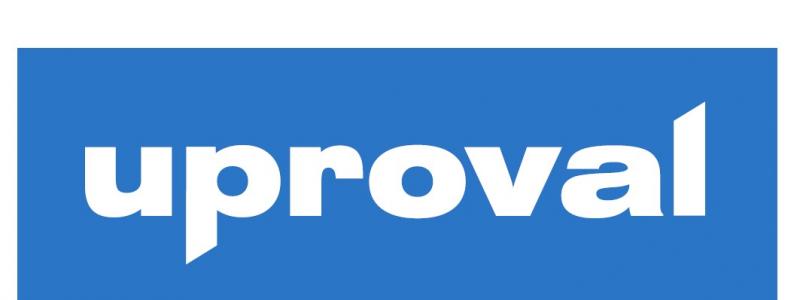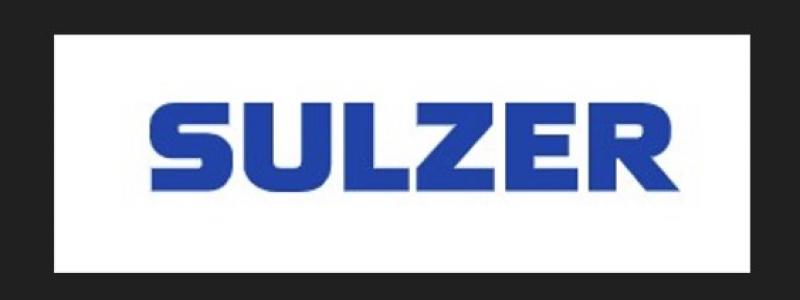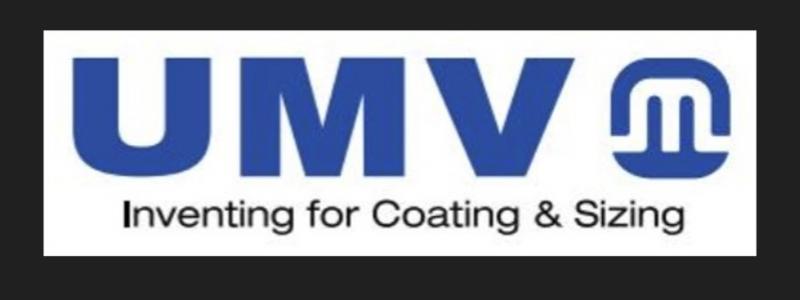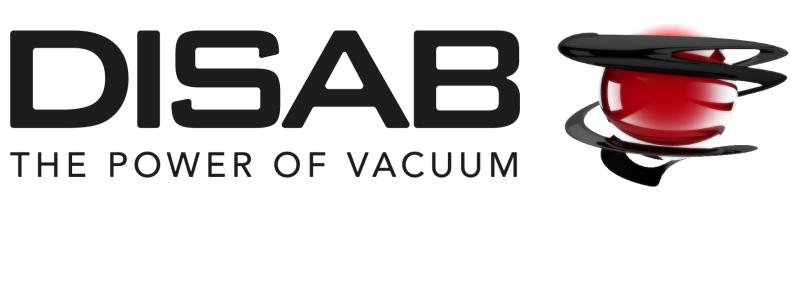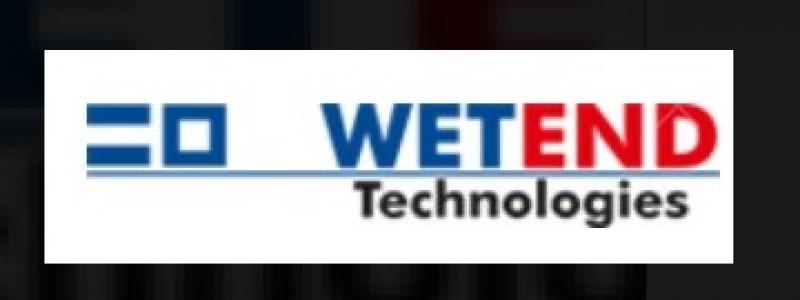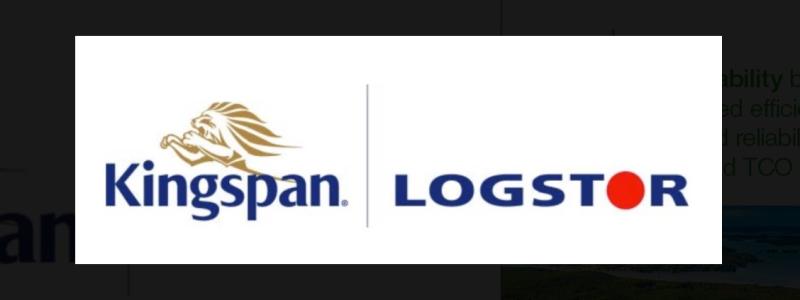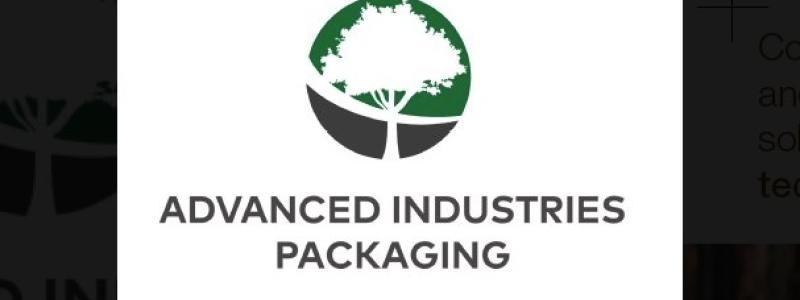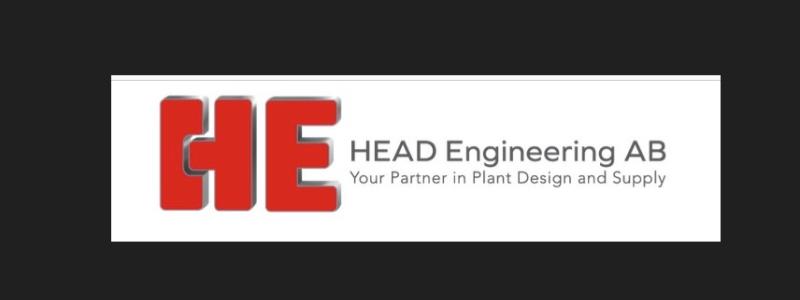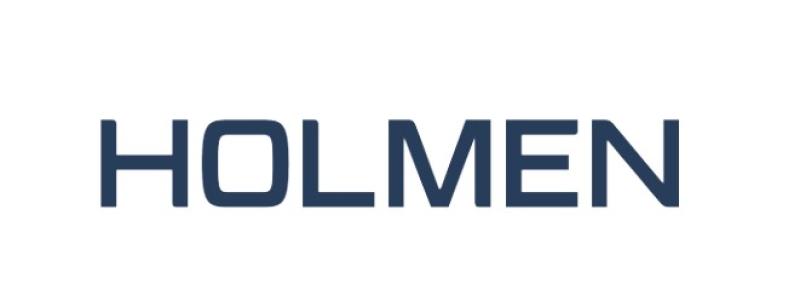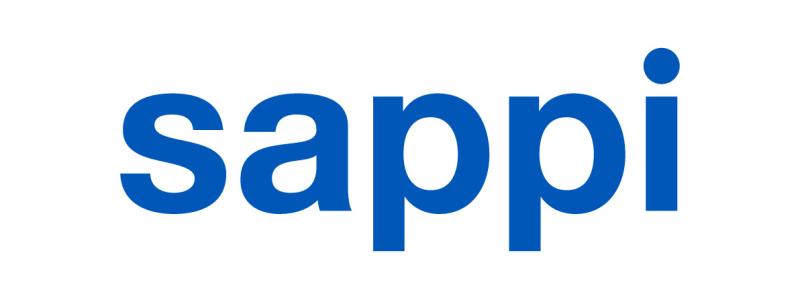AF&PA (The American Forest & Paper Association) announces concerns over an extended producer responsibility (EPR) program, progressing in New York and Maryland.
The New York State Legislature is considering 2 different bills that introduce:
- A.1749/S.1464: The Packaging Reduction and Recycling Infrastructure Act
- A.6191/S.5062: The Affordable Waste Reduction Act
« Proposed EPR legislation in New York ignores the complexities of the state’s recycling system and the paper industry’s supply chain. Let’s break down the issues ». AF&PA states.
A Needs Assessment is currently underway in New York, something AF&PA supported. Resource Recycling Systems (RRS) published the Current Recycling Systems in New York State, which was the initial step toward a comprehensive Needs Assessment.
They noted in their report that, “much of the data to fully assess the current state of the recycling systems in New York are not currently available.” Specifically, 51 of the 121 categories of data that RRS sought for the report were either unknown or not available. Another 27 categories only had partially available data. That means 2/3 of the report’s data points are somewhat or completely unknown.
Yet, New York legislators have continued to advance EPR legislation despite lacking clarity and comprehensive data around the current recycling system’s performance.
The RRS Current Recycling Systems in New York State report, despite its gaps in data, says, “paper makes up an average of 65% of the materials handled in municipal recycling programs.”
Municipal recycling programs are public services provided by local governments like city or town recycling pick-up.
New York can sell the paper products captured in these programs to paper mills, which offsets the cost of recycling collection. There is demand for recycled paper and paper-based packaging in the U.S. and abroad.
80% of U.S. paper mills use recycled paper and cardboard to make new products.
EPR programs, like those proposed in New York, often treat highly recycled materials like paper the same as hard-to-recycle materials. This can result in highly recycled materials subsidizing the cost of collection and recycling for materials with low recycling rates.
The Packaging Reduction and Recycling Infrastructure Act risks increased costs for New Yorkers. A recently updated York University study projected A.1749/S.1464 would cost industry $1.3 billion, a significant increase from the $500 million from their original study.
Ultimately, consumers would bear most of the costs, as prices on everyday goods would increase. The study estimates this EPR legislation could increase costs for an average family of 4 by $38 - $61 per month, or $456 - $732 a year.
These steep cost increases for consumers are what prompted California to restart their implementation process for EPR. Legislators need to consider the cost impacts to New Yorkers before passing EPR legislation.
EPR programs are intended to improve recycling rates for products that end up in recycling bins. Typical legislation for EPR includes definitions for different products, providing guidance for how the goals of the bill are intended to be implemented.
The Affordable Waste Reduction Act currently includes a definition of “paper products,” which are separate from “packaging.” Their “paper products” definition is overly broad. It includes products that typically do not end up in recycling bins like paper sold in bulk through business-to-business transactions or unprinted copy paper.
However, the proposed legislation would impose fees on these products anyway, and in some cases multiple times. These double-dip fees will unnecessarily increase costs throughout the supply chain and ultimately, New Yorkers will bear the costs.
The Affordable Waste Reduction Act needs to exclude paper products because they aren’t contributing to the recycling stream.
In their report, RRS concluded, “a modern, effective recycling system will require continued research and data gathering.”
« We urge New York policymakers to wait until they have more comprehensive data about their own waste and recycling systems before enacting EPR legislation », AF&PA states.
(AF&PA) serves to advance public policies that foster economic growth, job creation and global competitiveness for a vital sector that makes the essential paper and packaging products Americans use every day.







